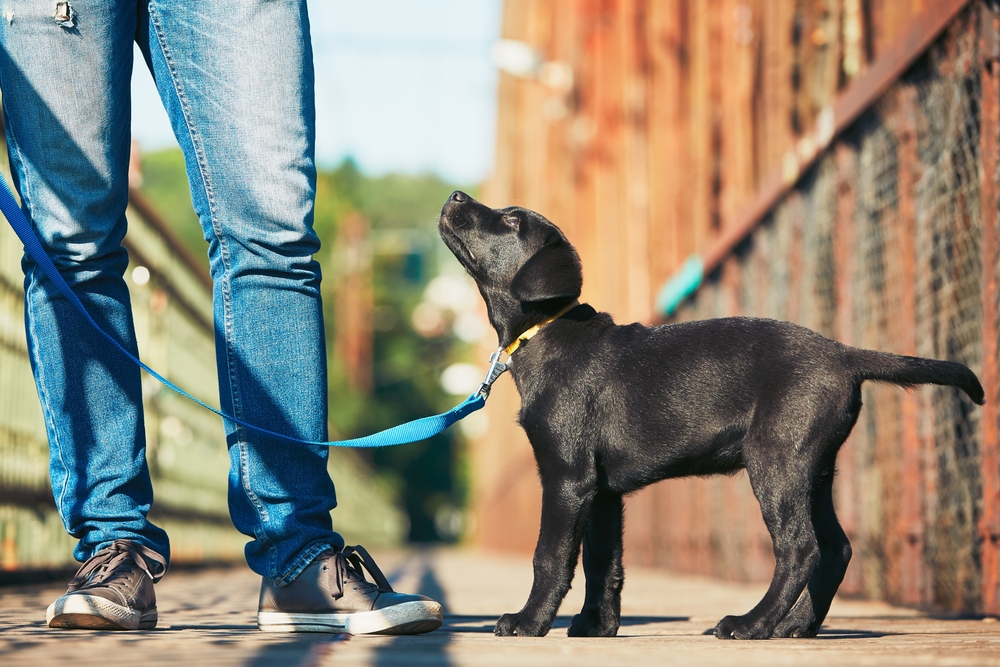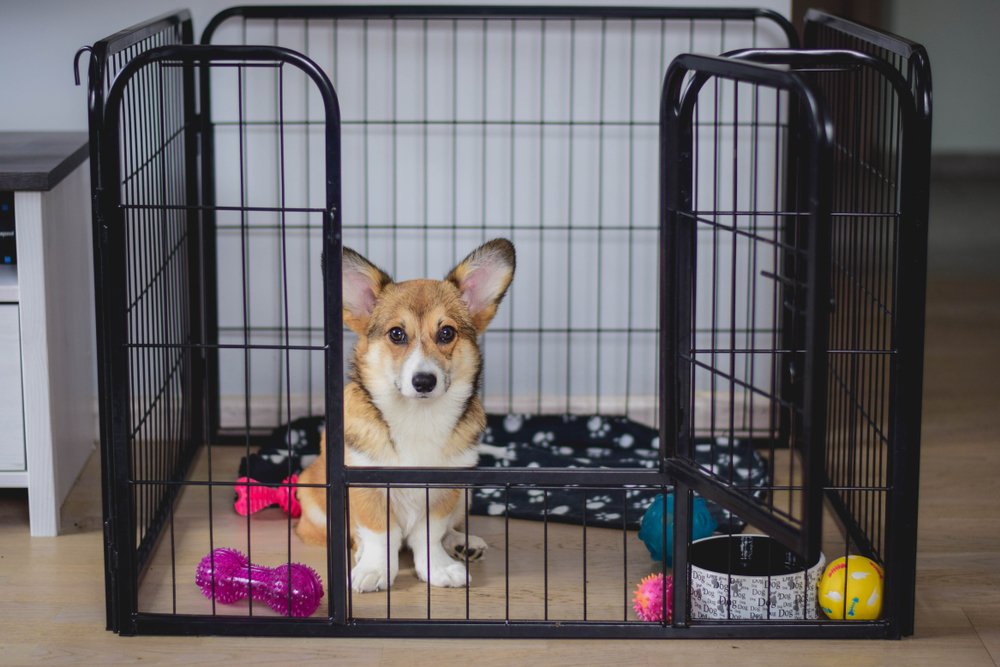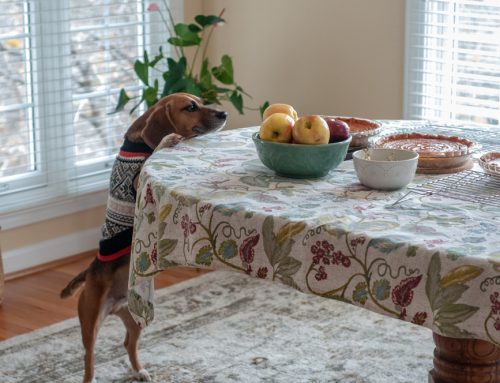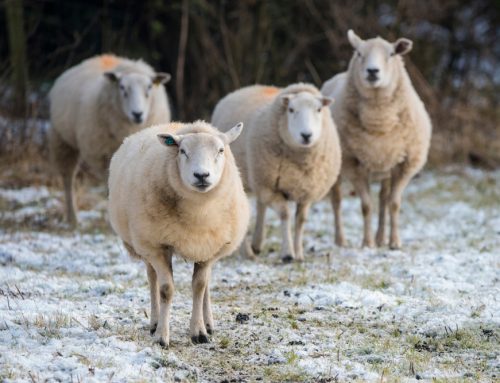Puppies can develop unwanted behaviors if they aren’t socialized and trained properly, and while many people think chewing and other undesirable behaviors are normal for puppies, these issues can be prevented, if addressed appropriately. Our team at Sale Creek Veterinary Services wants to help by providing do’s and don’ts to prevent behavior problems in your puppy.
DO socialize your puppy early
Proper socialization can help your puppy become a confident, content, and well-adjusted adult dog. The process helps prevent issues such as excessive barking and aggression toward other pets and people. During your puppy’s first few months of life, they learn how to interact and react to their environment. The basic steps to properly socialize your puppy include:
- Introduce your puppy to new sights, sounds, and smells — Create situations that allow your puppy to encounter as many different types of people, animals, places, noises, smells, and textures as possible. Have them meet tall people, short people, children, people in wheelchairs, people wearing sunglasses, and people sporting beards. Let them walk on sand, dirt, grass, carpet, hardwood floors, tile, and linoleum. Expose them to traffic noise, different music, door knocks, sirens, fireworks, and thunder. Use a comprehensive checklist for puppy socialization, to ensure you introduce your puppy to as many situations as possible.
- Make the encounters positive — Anytime your puppy has a new encounter, praise them and provide plenty of treats, to make the experience as positive as possible. Also, try to keep your nerves at bay, since puppies can pick up on your anxiety.
- Go slowly — Don’t rush the process. When introducing your puppy to new people, start with one person, and once they are comfortable around one person, introduce them to two new people. Your puppy may be overwhelmed if their first encounter with new people is a large crowd. If your puppy responds fearfully to an encounter, remove them from the situation, and re-introduce them to the situation at another time. Never force them to experience something that frightens them.
DON’T mistake crate training for imprisoning your puppy
Crate training provides your puppy their own space, and helps them learn how to control their anxiety. Crate training also helps when you are house training your puppy, because puppies are reluctant to eliminate where they eat and sleep. Take these steps to crate train your puppy:
- Choose the right crate — The crate should be durable, comfortable, and the right size for your puppy. The crate should be large enough for your puppy to sit, stand, lie down, and turn around comfortably, but not so large that they can use one end to rest and the other to relieve themselves. Choose a crate that will be right for your puppy’s adult size, so they will have enough space as they get older, and use a divider until they grow.
- Create a nice environment — Use a dog bed or towels to create a comfortable resting place for your puppy, and provide toys, so they see the crate as a nice place. Always give them a treat—preferably a food puzzle toy that will take them time to find the reward—when they enter the crate.
- Don’t leave them for too long — When you are starting to crate train your puppy, only leave them inside for short periods of time, until they can get used to the crate. You can gradually increase the time once they are acclimated to the situation.
DO enroll your puppy in basic obedience training classes
Basic obedience training helps socialize your puppy, and teaches them simple commands such as “Sit,” “Stay,” and “Leave it.” Positive reward-based training teaches your puppy that they are rewarded when they do what you ask, strengthens your bond, and provides your growing puppy with much-needed mental stimulation. Most classes also teach you how to read your puppy’s body language, so you can communicate with them better.
DON’T let your puppy learn bad behaviors
Many puppies learn inappropriate behaviors because they are given access to the means. Ensure your puppy never gets the chance to learn these behaviors:
- Prevent chewing — All dogs chew as a way to investigate their environment and manage pain from teething, anxiety, and boredom. However, you can teach them to chew appropriate objects rather than shoes and household items. Puppy-proof your house by picking up all objects off-limits to your pet, and never give your puppy a chew toy that resembles an off-limits item.
- Prevent counter surfing — Never leave food, including crumbs, or other items that could be interesting to your puppy, on counter surfaces, to help prevent them from counter-surfing. Put your puppy in their crate when you are preparing food, and never feed them table scraps.
- Prevent jumping — Your puppy jumps on you to get attention. If you pet them when they jump on you, you are rewarding them for this behavior. Instead, turn your back, and offer them attention only when they stop jumping.
DO provide appropriate exercise for your puppy

All puppies need physical and mental exercise, with some breeds needing more physical activity than others. Ensure you provide adequate exercise for your puppy, so they burn off excess energy they could use to chew your shoes, or pull on their leash.
Putting in the effort to properly socialize and train your puppy will help ensure they become a well-behaved, well-adjusted adult dog. If you would like a veterinary socialization session, contact our team at Sale Creek Veterinary Services, so we can get them used to a veterinary examination.







Leave A Comment